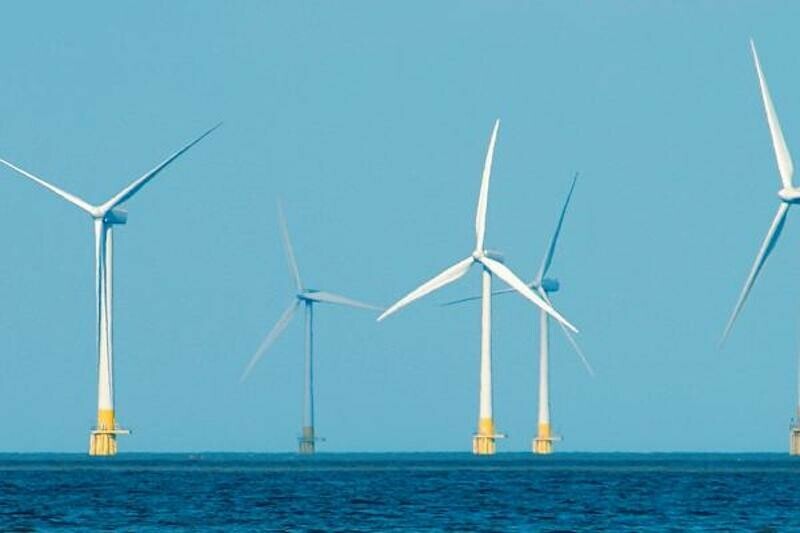Offshore wind farms can interfere with navigational radar used by ships and smaller vessels to avoid collisions, posing challenges for safe maritime navigation, according to a new report from the National Academies of Sciences, Engineering, and Medicine released last month.
The maritime community has expressed concern that wind turbine generators could interfere with radar, complicating navigation for both large vessels passing through shipping channels near offshore wind farms, and smaller vessels navigating through or adjacent to the structures, the report said. Previous studies that examined this question relied on data from European wind farms — however, wind turbines in offshore wind farms located in or planned for the U.S. Outer Continental Shelf are larger, and spaced farther apart than those included in past studies.
The report concludes wind turbine generators have significant electromagnetic reflectivity, and therefore can interfere with radar systems operating nearby. The rotating blades can also create reflections in Doppler radar systems. In particular, these forms of interference could obfuscate smaller vessels and stationary objects such as buoys on radar, complicating navigation decisions and increasing the risk of collision with larger vessels. Maritime search and rescue teams also rely on radar to find smaller boats — their primary targets — and interference could therefore also complicate rescue operations near wind farms.
The NAS report recommends that the Bureau of Ocean Energy Management and other relevant agencies pursue practicable options to mitigate the interference of wind farms, such as by implementing enhanced training and using reference buoys, among other options. BOEM should also pursue further research to fill remaining gaps in understanding how offshore wind farms affect radar used for navigation.
Members of the committee discussed the report during a public webinar held on Feb. 22.
Wind Turbine Generator Impacts to Marine Vessel Radar is available from the NAS.




